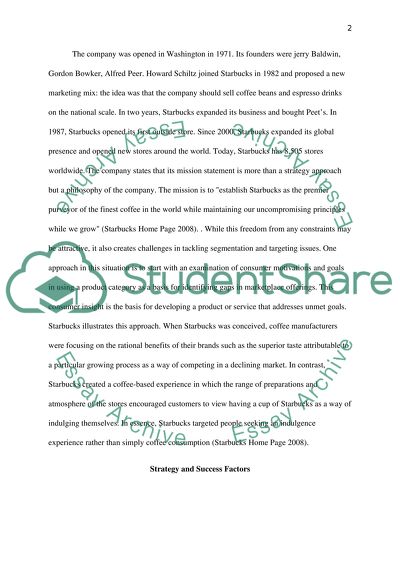Cite this document
(Marketing: Principles and Perspectives Case Study, n.d.)
Marketing: Principles and Perspectives Case Study. Retrieved from https://studentshare.org/marketing/1527058-smes-marketing-strategy
Marketing: Principles and Perspectives Case Study. Retrieved from https://studentshare.org/marketing/1527058-smes-marketing-strategy
(Marketing: Principles and Perspectives Case Study)
Marketing: Principles and Perspectives Case Study. https://studentshare.org/marketing/1527058-smes-marketing-strategy.
Marketing: Principles and Perspectives Case Study. https://studentshare.org/marketing/1527058-smes-marketing-strategy.
“Marketing: Principles and Perspectives Case Study”, n.d. https://studentshare.org/marketing/1527058-smes-marketing-strategy.


